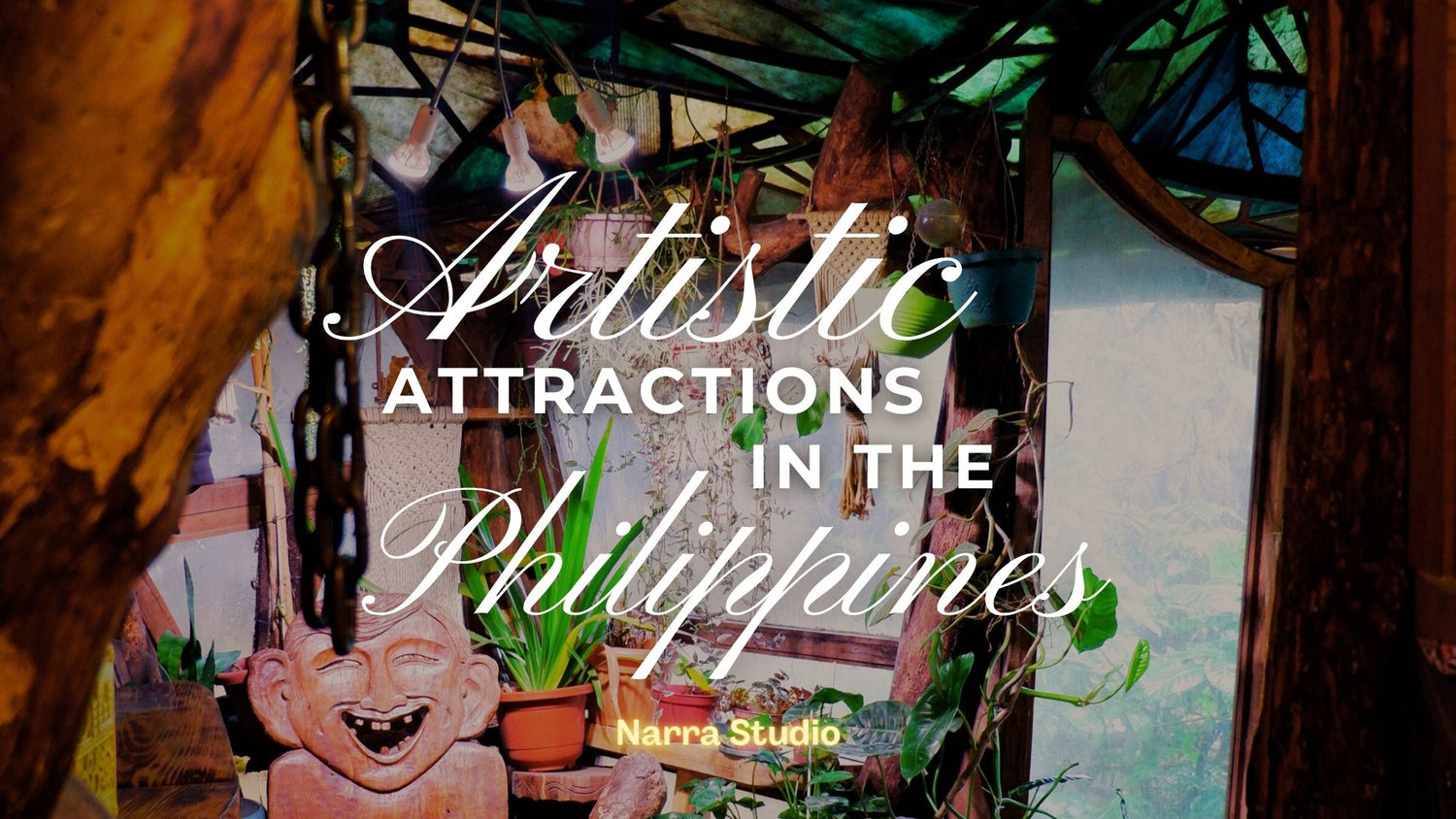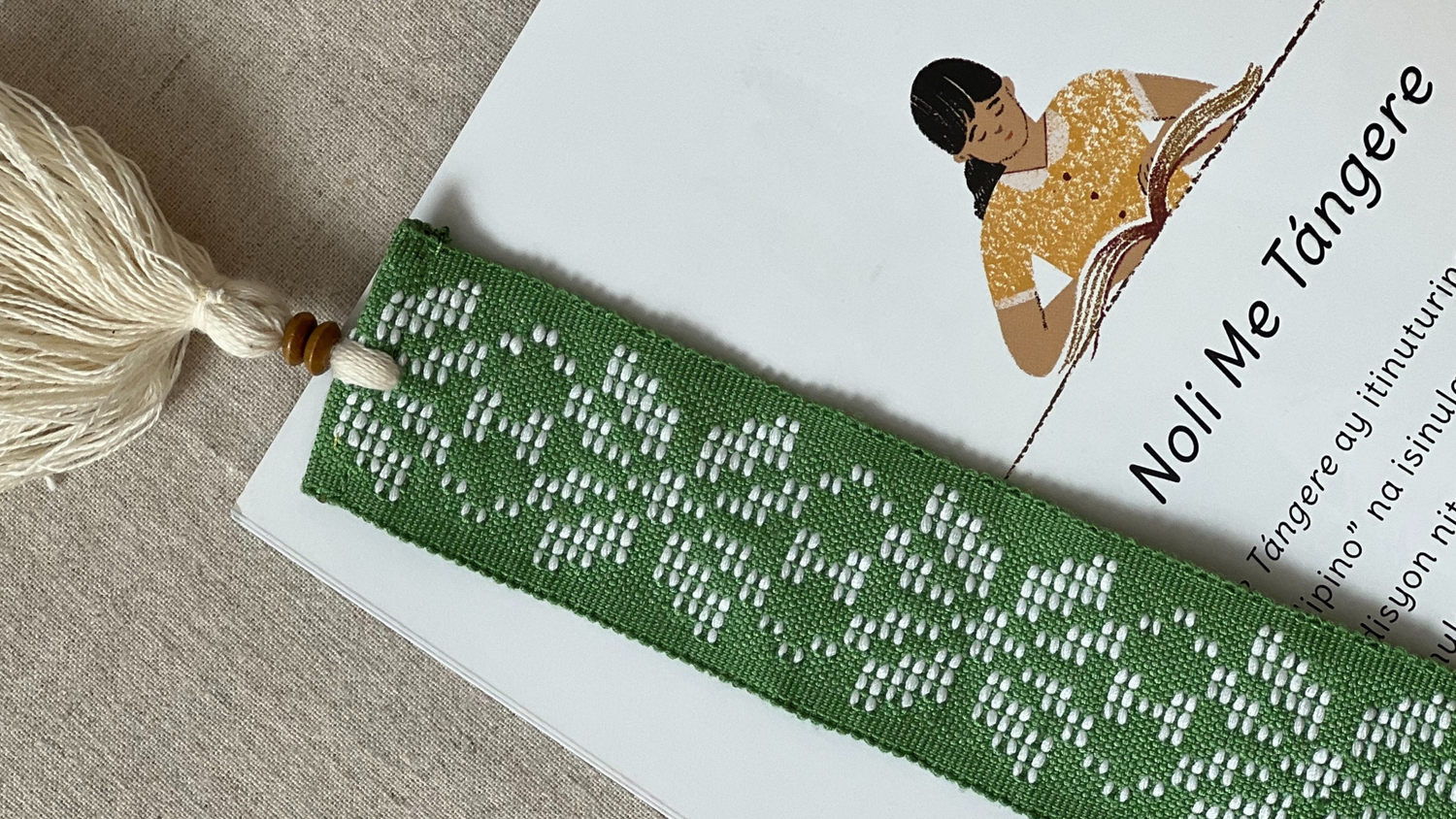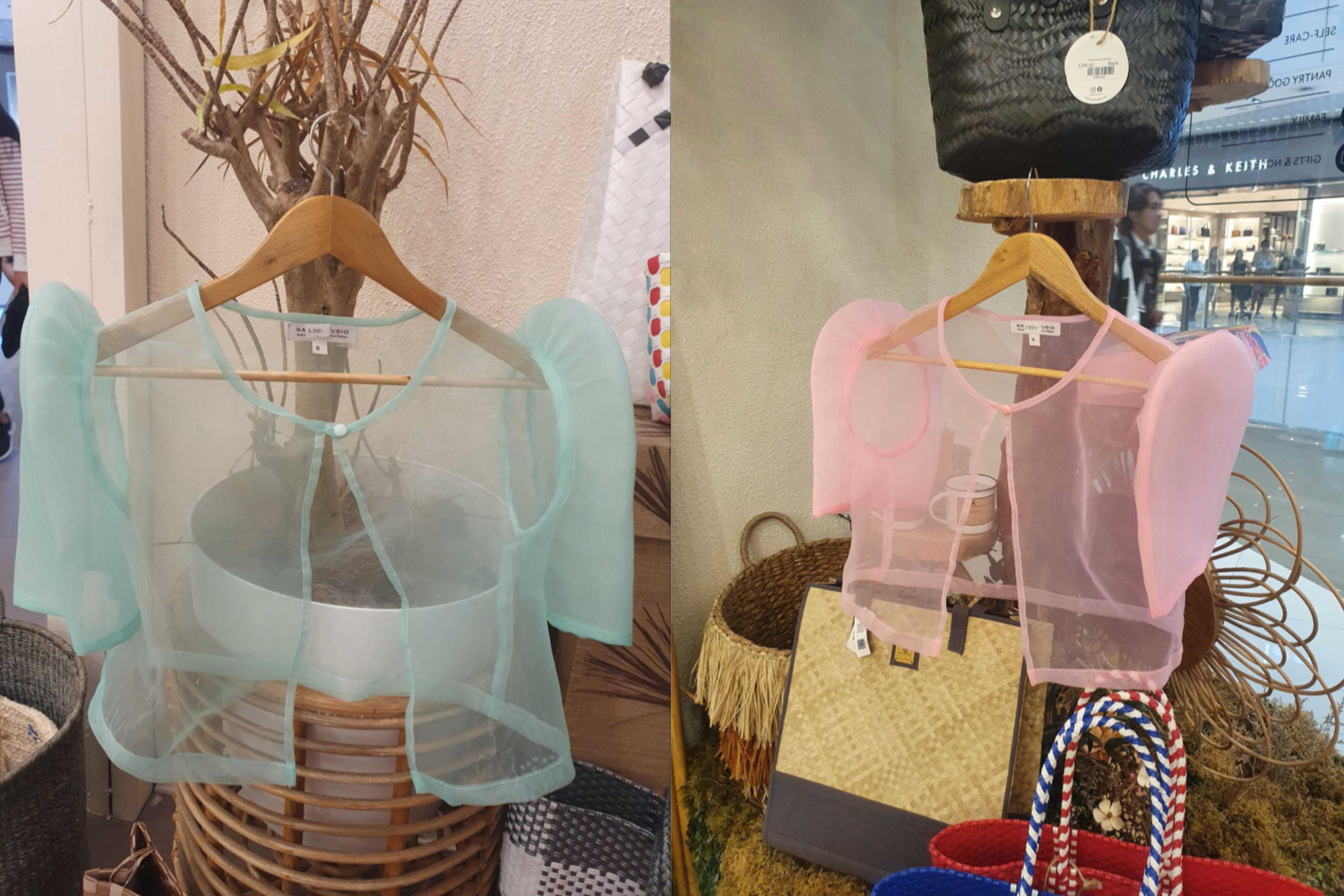The Philippines is an archipelago of more than 7,000 islands and more than a hundred indigenous groups, many of which practice weaving as part of their culture. For these weaving communities, weaving is culture, a part of their identity and way of life.
The Filipino people have a rich and vibrant tradition of producing textiles using a number of different materials such as abaca, cotton, piña, and silk, among other fibers. Each woven piece expresses the worldview, ideology, belief system, and creativity of the people that make it.
In her book Journey of a Thousand Shuttles: The Philippine Weave, educator and researcher Dr. Norma A. Respicio mapped the places in the country where the Philippine weaving tradition thrives. Her Philippine Textile Map shows some of these major weaving communities and gives an overview of the fibers, dyestuff, looms, and design techniques that these groups use.
 Philippine Textile Map from
Philippine Textile Map from
Journey of a Thousand Shuttles, Dr. Norma A. Respicio
Join us through a tour of weaving communities in the Philippines starting from the north on the island of Luzon, to south at the island of Mindoro. For Part Two we will be visiting the Visayas before moving on to the weaving communities in Mindanao.
Ilocos Region
The Ilocano people of Ilocos Norte, Ilocos Sur, and La Union use cotton or kapas as the main material and the pedal loom, called pangablan in textile production. The Ilocanos employ several design techniques, including the binakul (double-toned basket weave) and pinilian (brocade weave). Pinilian literally means ‘selected’ or ‘chosen’ - the root word is pili, or to select or choose.
 Binakul from Ilocos
Binakul from Ilocos
Pinilian is a complicated and elaborate weaving technique. The weaver inserts sticks across the breadth of pre-selected warp threads and raises the sticks one at a time at a predetermined sequence. The result is a design that floats on the warp yarns.
Cordillera Administrative Region
In the mountainous Cordillera region in northern Luzon, six major ethnic groups practice weaving: the Itneg, the Ga’dang, the Kalinga, the Bontoc, the Ifugao, the Ibaloy, and the Kankanay. Aside from cotton, these weaving communities also use bast and plant fiber. They traditionally use the back-strap loom but some also use the pedal loom. Multi-heddle and pinilian techniques are also employed.
 Kalinga Weaving
Kalinga Weaving
The Ifugao are known to also use the ikat, or tie-dye resist design technique, especially for creating the designs on prestige ritual blankets and traditional garments. We will be taking a closer look at the Ifugao as well as the Kalinga weaving traditions to feature NARRA’s offerings made by our partner artisans—more on them soon.
Catanduanes Island, Bicol Region
The Bicolano weavers of the island of Catanduanes are known to use abaca along with bast and plant fiber when making textiles on their pedal looms. They wove fine sinamay cloth and employed the suk-suk design technique to create figurative designs such as tiny birds, butterflies, leaves, and peonies. However, according to Dr. Respicio, during the early years of American colonization, the quality of the cloth deteriorated, and although there are still some sinamay weavers there today, much of the sinamay are only used for making decorative items. We hope the sinamay weaving tradition in Catanduanes continues in the future.
Mindoro Island, Southwestern Tagalog Region
Our last stop for this initial foray is the island of Mindoro, where the Mangyan live. There are several Mangyan groups who weave cotton cloths using their back-strap looms. Hanunoo weavers also use bast and plant fiber. The textiles are dyed in indigo and are distinct with their warp float designs of cat’s paw and X patterns.
 Mangyan weaving; Photo from the Mangyan Heritage Center
Mangyan weaving; Photo from the Mangyan Heritage Center



 Binakul from Ilocos
Binakul from Ilocos Kalinga Weaving
Kalinga Weaving Mangyan weaving; Photo from the Mangyan Heritage Center
Mangyan weaving; Photo from the Mangyan Heritage Center

